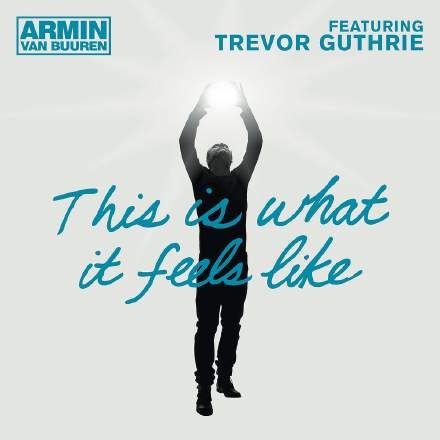
This euphoric trance single propelled Armin van Buuren into both the UK Top 10 and the Billboard Hot 100 charts for the first time, an achievement made all the more impressive because the track breaks one of the style’s unspoken commandments: “Thou shalt build thy choons in four-bar blocks, and unto each bar shalt thou give four beats. Yea, verily, I say unto thee that other numbers shall be an abomination unto the dancefloor!” Marvel then, ye multitudes, that this production is constructed almost entirely from three-and-a-half-bar chunks! As with all great production hooks, it seems such an obvious idea once someone lays it out in front of you in finished form, but hindsight makes sages of us all, and one of those things that separates great producers from the herd is their ability to unearth the untapped commercial potential of something that’s right under everyone’s noses.
Beyond the basic concept of using this odd-length structural unit, there’s one specific feature that’s rather clever. The harmonic rhythm effectively splits each 3.5-bar iteration into two bits: a leading 1.5-bar segment based around F minor, Eb major and Db major; followed by a two-bar segment based on the home chord of Ab major. What I like about this is that the unresolved nature of the vi, V, and IV harmonies matches the one-and-a-half-bar section’s slightly unsettled rhythmic nature, while the harmonic stability of the tonic is twinned with the more rhythmically stable two-bar duration. In other words, the harmony and rhythm are working towards the same musical ends. Within this context, it’s apt that the only true four-bar section in the production (at 1:31-1:38) is an extension of the tonic chord at the end of the first chorus. And this reminder of the rhythmic convention that’s being flouted is well placed too, refreshing the listener’s appreciation of the unusual three-and-a-half-bar paradigm, almost exactly halfway through the song.
But this is also a great case-study of the pros and cons of extreme stereo widening. For instance, the vocal double-tracks at 0:41-1:00 are a great example of how you can widen musically inessential layers to provide impressive stereo picture, without losing anything of musical merit in mono sure, the wide-panned layers really take a dive in the balance when the left and right channels are summed, but that’s no real loss given the survival of the central lead line. Unfortunately, the same can’t be said of the important “o-o-o-o-oh” vocal riff that features heavily in the climactic ‘arms aloft’ sections at 1:05 and 2:30, which really do suffer badly on a single-speaker balance.










